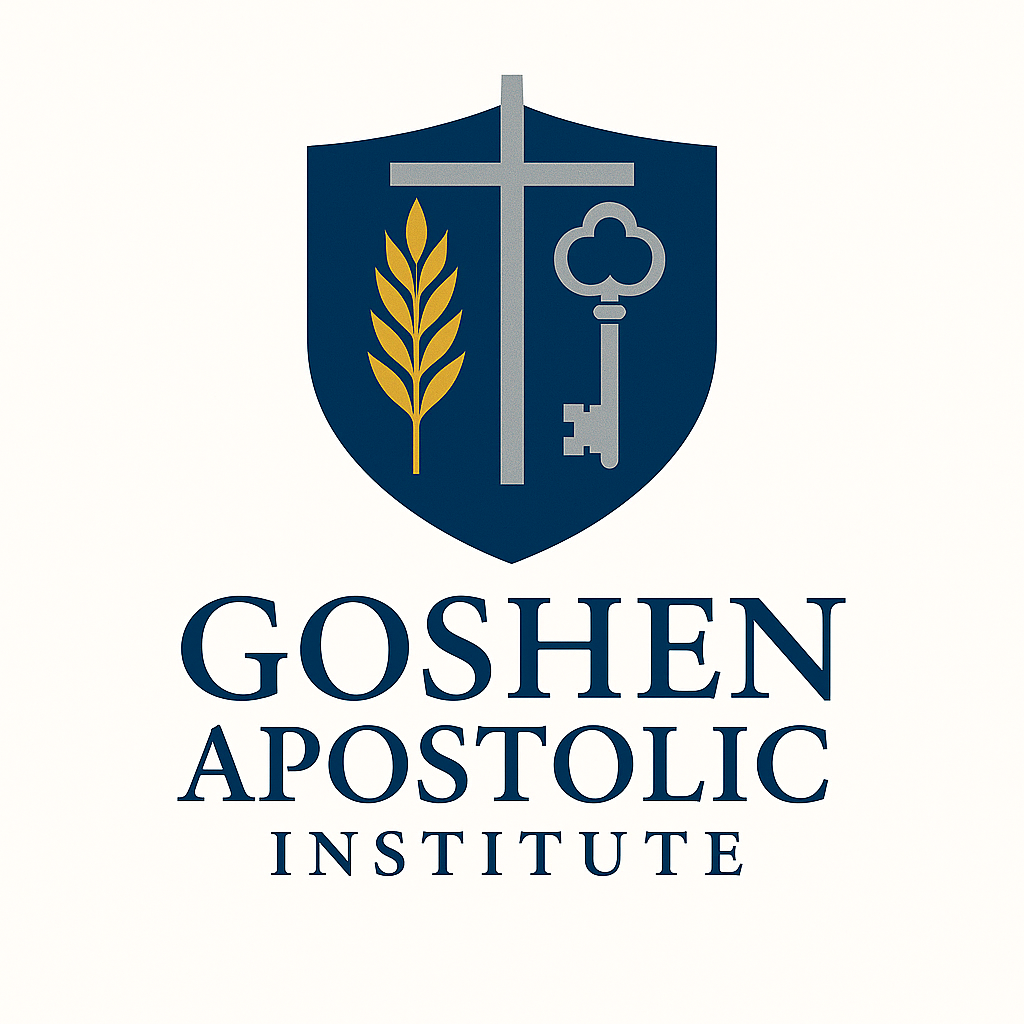Here’s a clean, professional reformatting of the Web2 Framework for Goshen Apostolic Institute, suitable for inclusion in a proposal, digital strategy document, or website copy—no markdown, no asterisks, and optimized for clarity and flow:
Web2 Framework for Goshen Apostolic Institute
A modern, scalable digital infrastructure to enhance outreach, education, and community engagement using centralized technologies.
1. Core Principles
Goshen Apostolic Institute’s Web2 infrastructure is grounded in the following principles:
- Accessibility – Ensure all users can engage through both web and mobile platforms.
- Security – Protect member data using secure authentication and encryption protocols.
- Scalability – Support future growth with cloud-based and modular system architecture.
- Community Focus – Promote interaction through built-in social and communication features.
2. Key Web2 Components
A. Centralized Membership and User Management
- Users can register using email, phone, or social logins (e.g., Google, Facebook).
- Role-based access controls allow distinction between members, students, pastors, and admins.
- Admins have access to a centralized dashboard to manage content, users, and events.
B. Website and Mobile App
- The platform includes a sermon library with audio and video streaming.
- An integrated calendar allows for event scheduling, RSVPs, and ticketing.
- Online giving is supported through Stripe, PayPal, and other gateways.
- A blog and announcement section keeps the community informed.
- Technology stack includes React.js for the website, React Native for mobile, and Node.js or Laravel on the backend.
C. Learning Management System (LMS)
- Courses include video content, quizzes, progress tracking, and PDF/email certificates.
- The LMS can be custom-built or integrated via platforms like Moodle or Teachable.
D. Community Engagement Tools
- Forums or discussion boards support Q&A, testimony sharing, and prayer requests.
- Integrated social media tools allow automatic posting to Facebook, YouTube, and Instagram.
- Communication tools like Mailchimp or Twilio manage email newsletters and SMS alerts.
E. Donations and Tithing System
- Accept one-time or recurring donations through Stripe, PayPal, or faith-based platforms like Tithe.ly.
- Donors receive automated summaries or annual giving reports in downloadable PDF format.
- Subscription options support recurring tithes and designated fund contributions.
F. Event and Volunteer Management
- Event management mimics platforms like Eventbrite with digital ticketing and reminders.
- Volunteer scheduling includes sign-up forms and Google Calendar sync capabilities.
3. Technology Stack
| Component | Tools and Platforms |
|---|---|
| Frontend | React.js, React Native, Bootstrap or Tailwind CSS |
| Backend | Node.js with Express, Laravel (PHP), or Django (Python) |
| Database | PostgreSQL, MySQL, or Firebase (for mobile support) |
| Hosting | AWS, Google Cloud, Vercel, or Netlify |
| Payments | Stripe, PayPal, Tithe.ly |
| Communication | Mailchimp, SendGrid, Twilio |
| Analytics | Google Analytics, Hotjar |
4. Implementation Roadmap
Phase 1: Foundation (First 3–6 Months)
- Launch a responsive website with sermons, events, and donation tools.
- Set up core communication tools for email and SMS notifications.
- Deploy a basic LMS to deliver pre-recorded online courses.
Phase 2: Engagement (6–12 Months)
- Release a mobile app using React Native.
- Launch a community forum or discussion board.
- Automate social media posting for events and new content.
Phase 3: Growth (12 Months and Beyond)
- Integrate livestreaming capabilities using YouTube, Vimeo, or Zoom.
- Expand volunteer recruitment and coordination tools.
- Optimize donor tracking with advanced analytics and engagement dashboards.
5. Risks and Mitigations
| Risk | Solution |
|---|---|
| Data breaches | Conduct regular security audits and implement encryption |
| Low user adoption | Use gamification strategies, such as badges and rewards |
| High hosting or dev costs | Begin with cost-efficient cloud platforms and scale gradually |
6. Long-Term Vision
- Global Reach – Multilingual features and geolocation support for an international audience
- AI Integration – Chatbots to handle FAQs, prayer requests, or discipleship prompts
- Hybrid Infrastructure – Gradual migration to Web3 through optional blockchain integration (e.g., NFT-based certificates or DAO participation)
Next Steps
- Assemble a skilled development team (in-house or outsourced).
- Conduct a survey with key users and stakeholders to prioritize features.
- Begin development of a minimum viable product (MVP) with a website and donation system.
